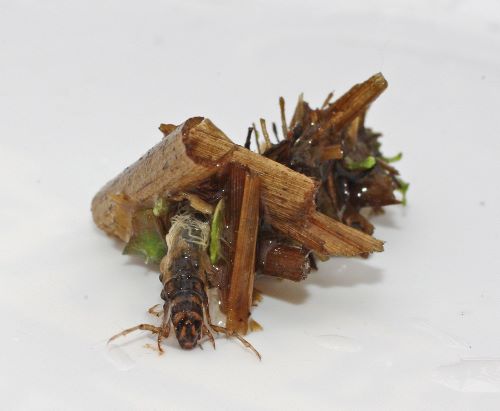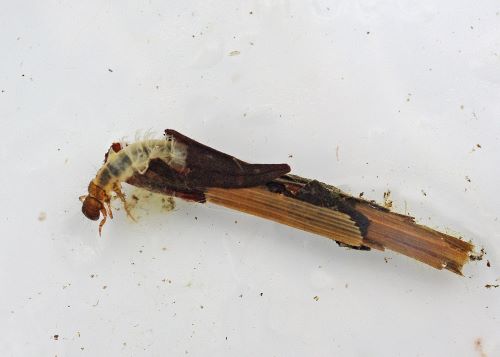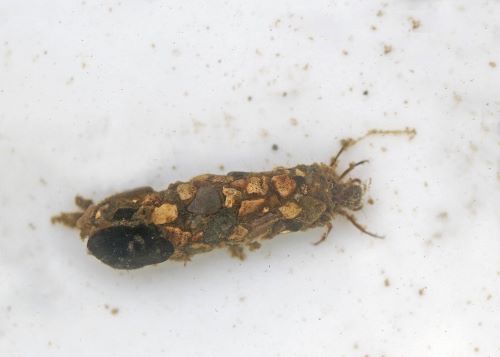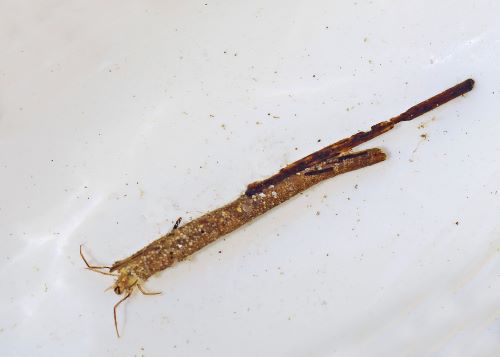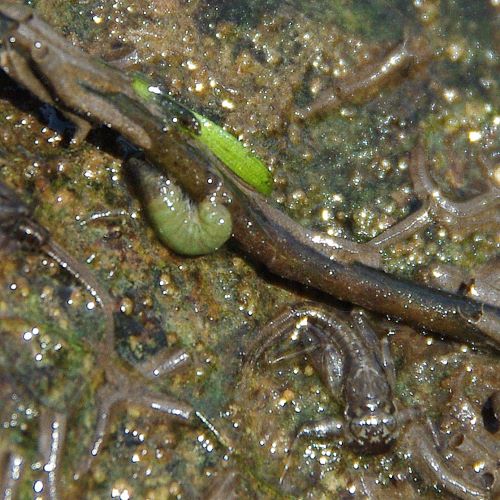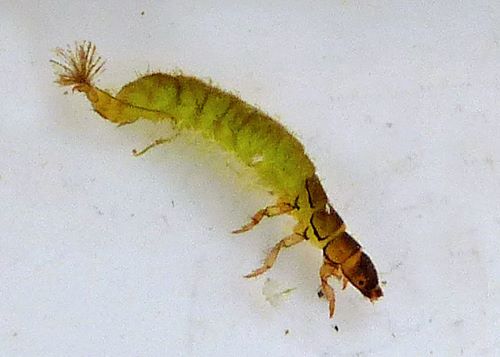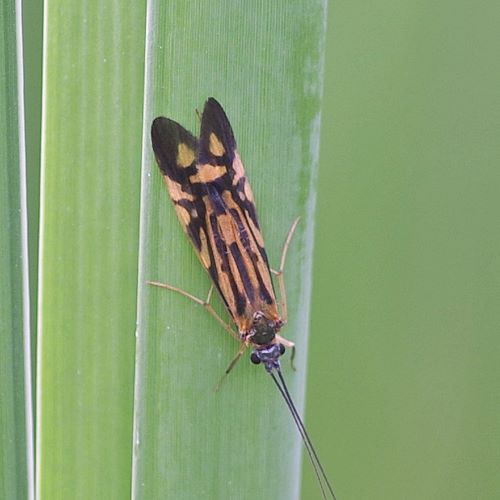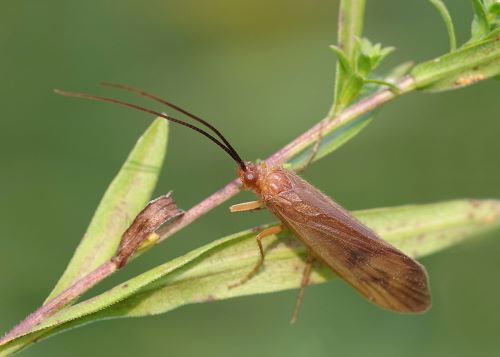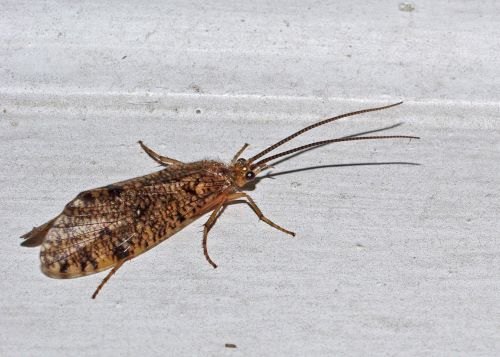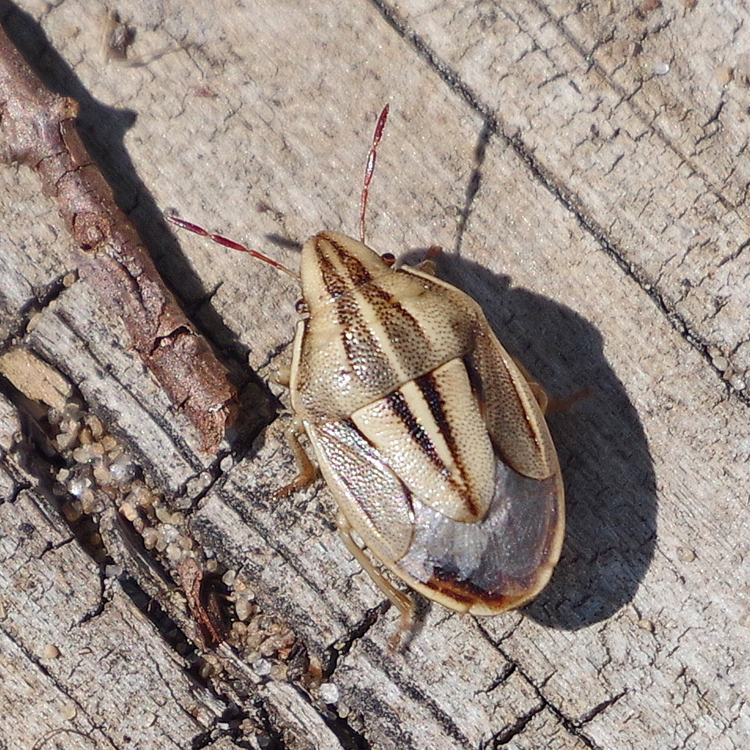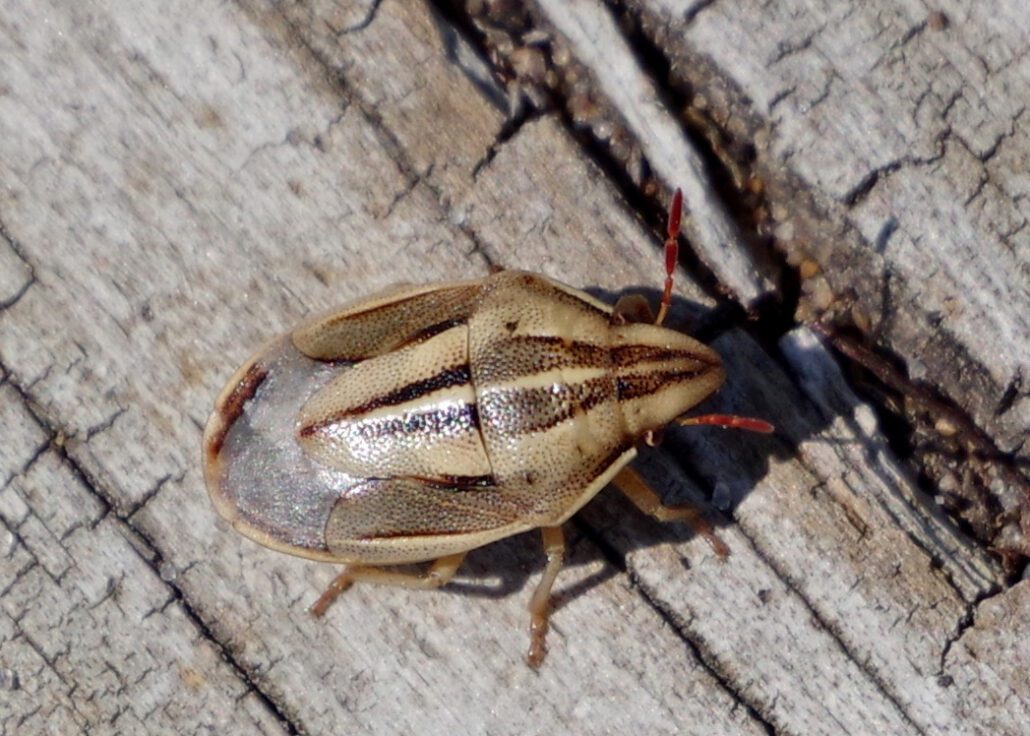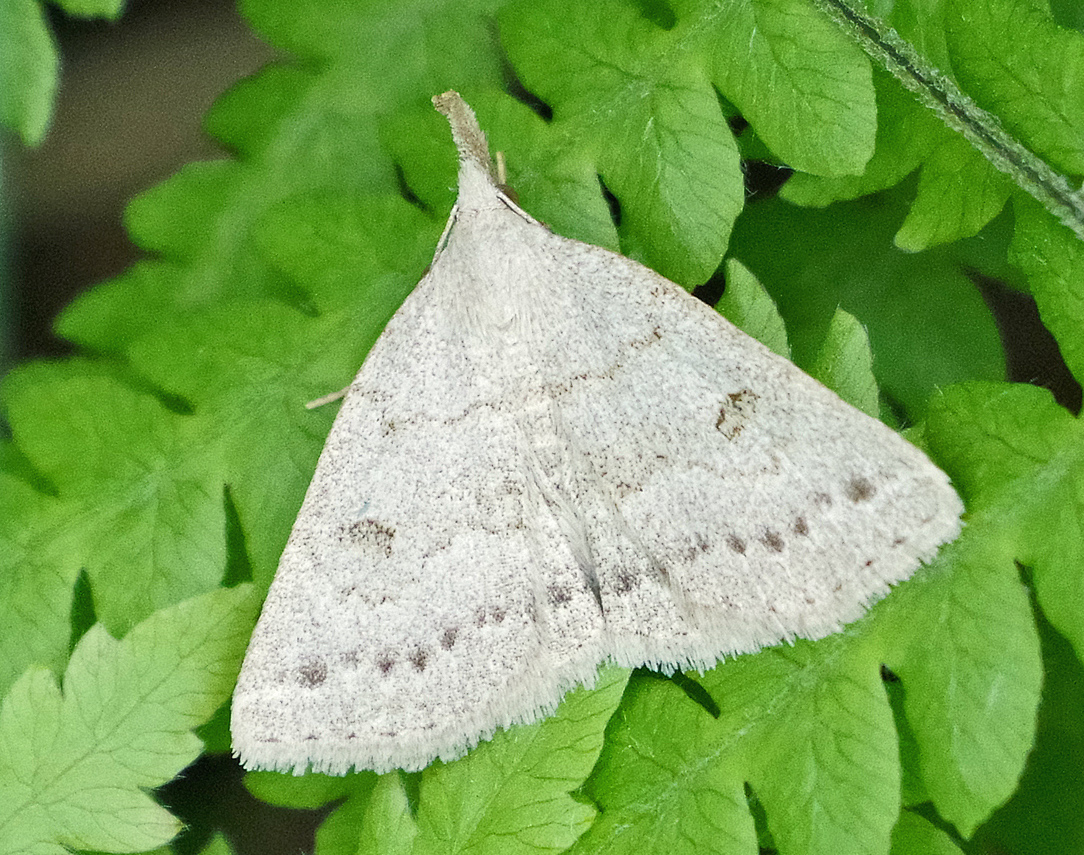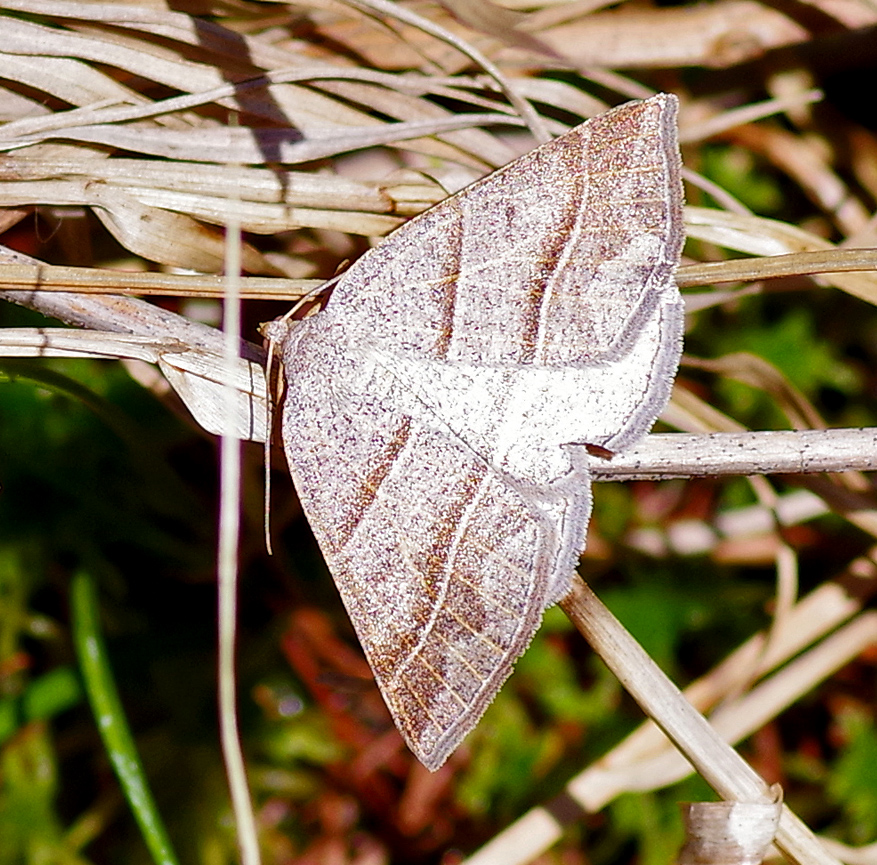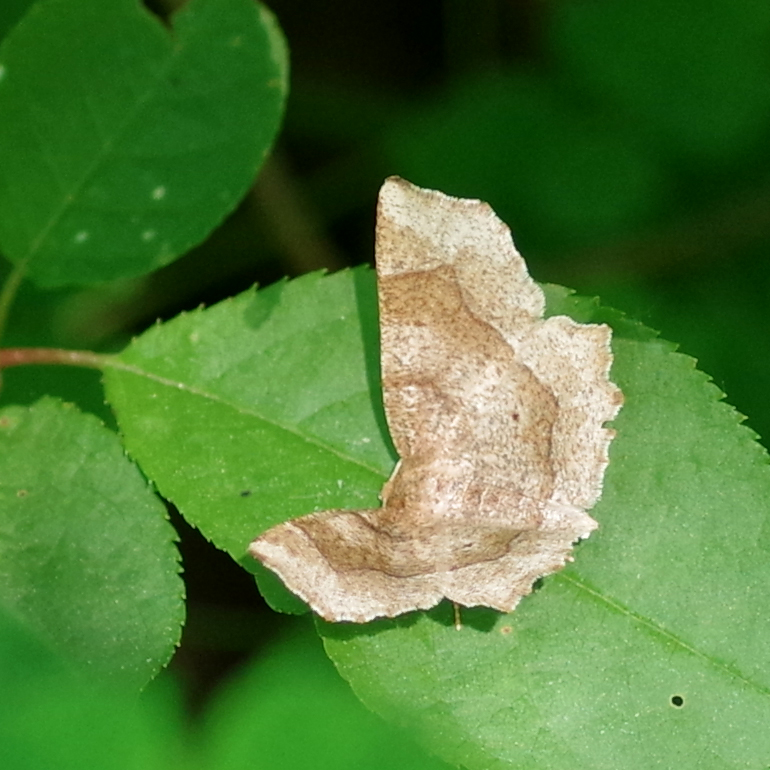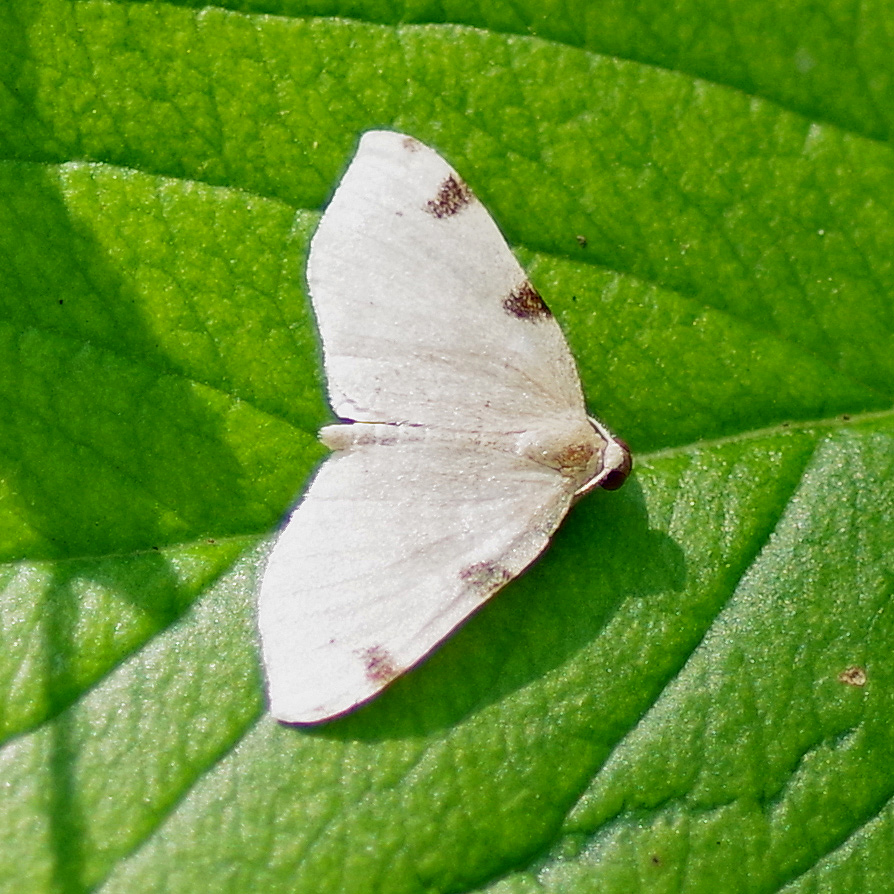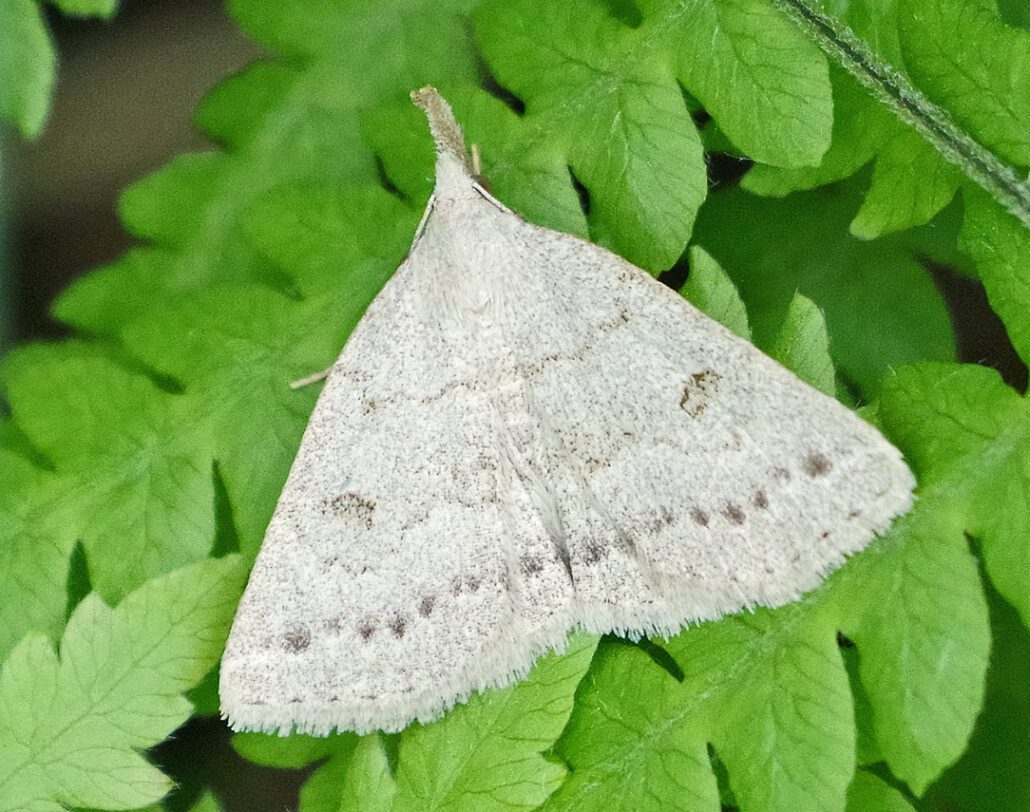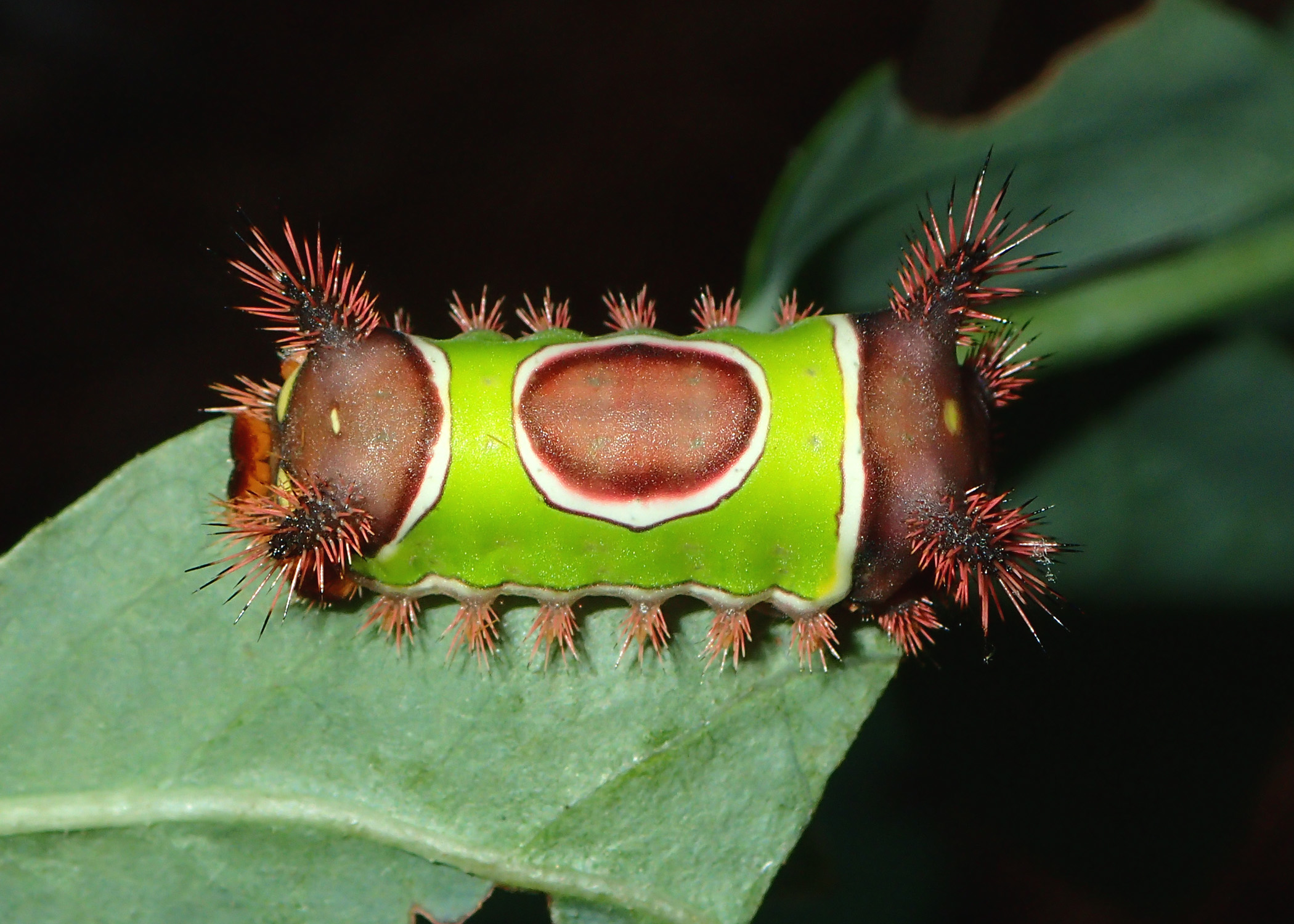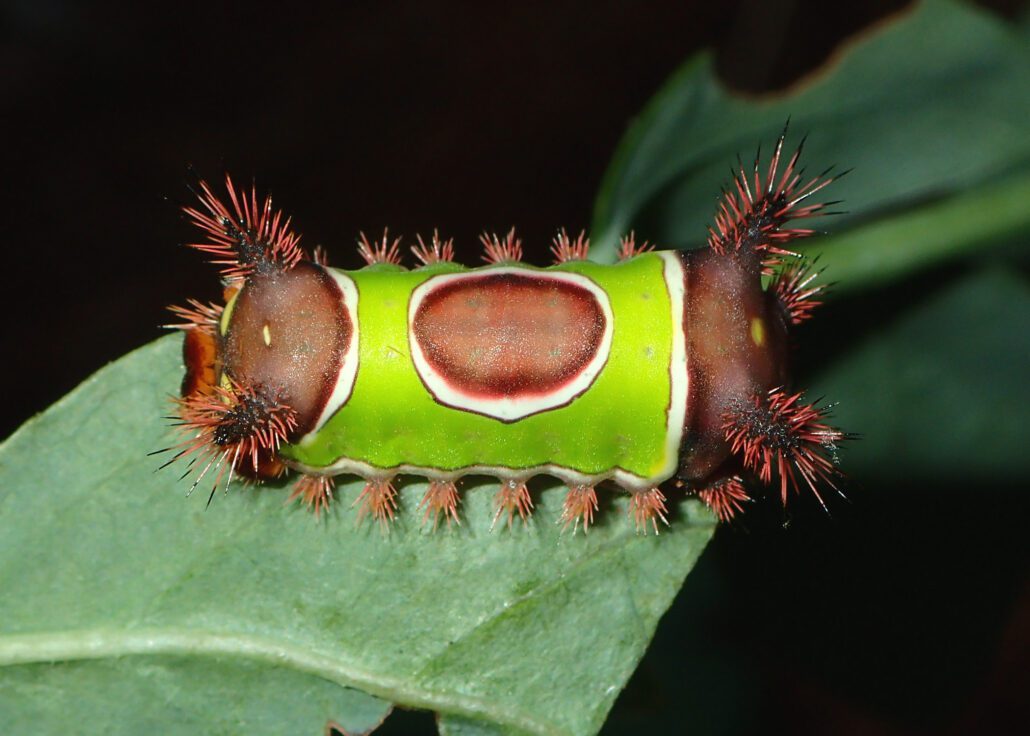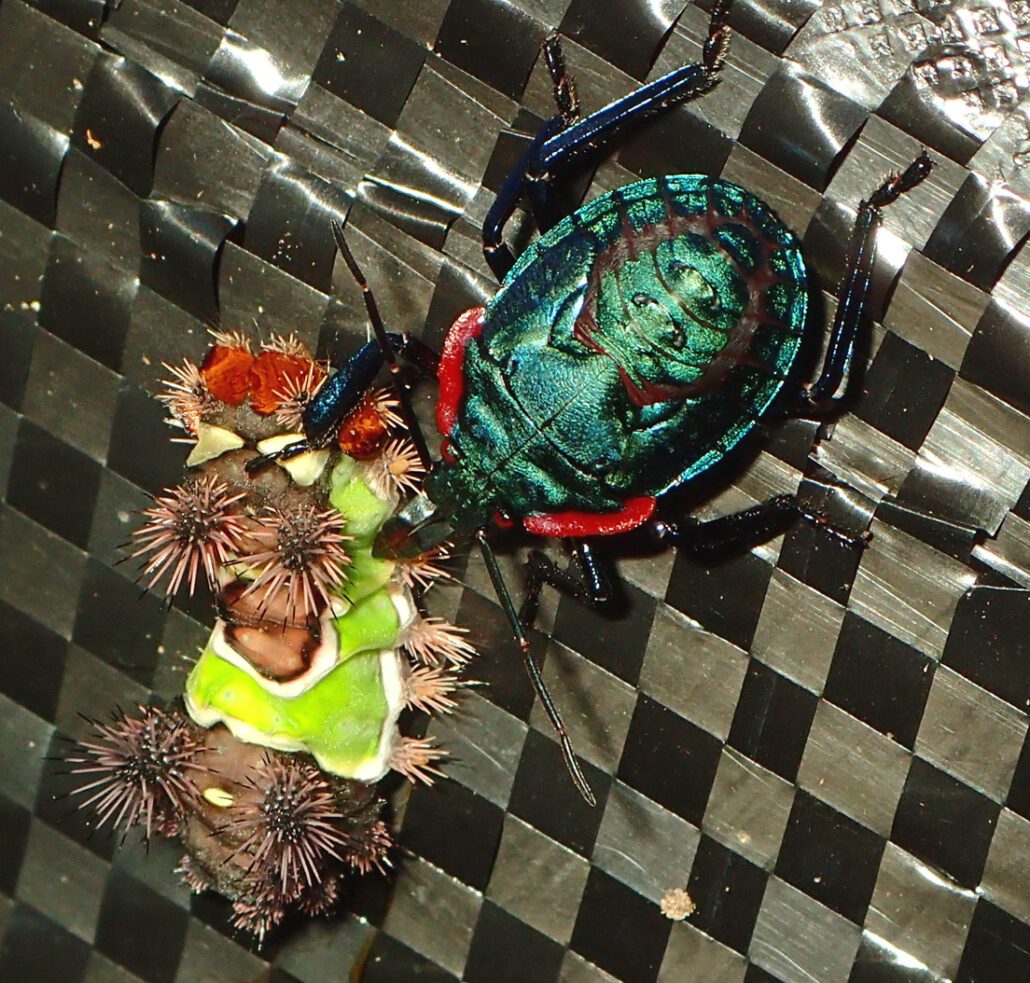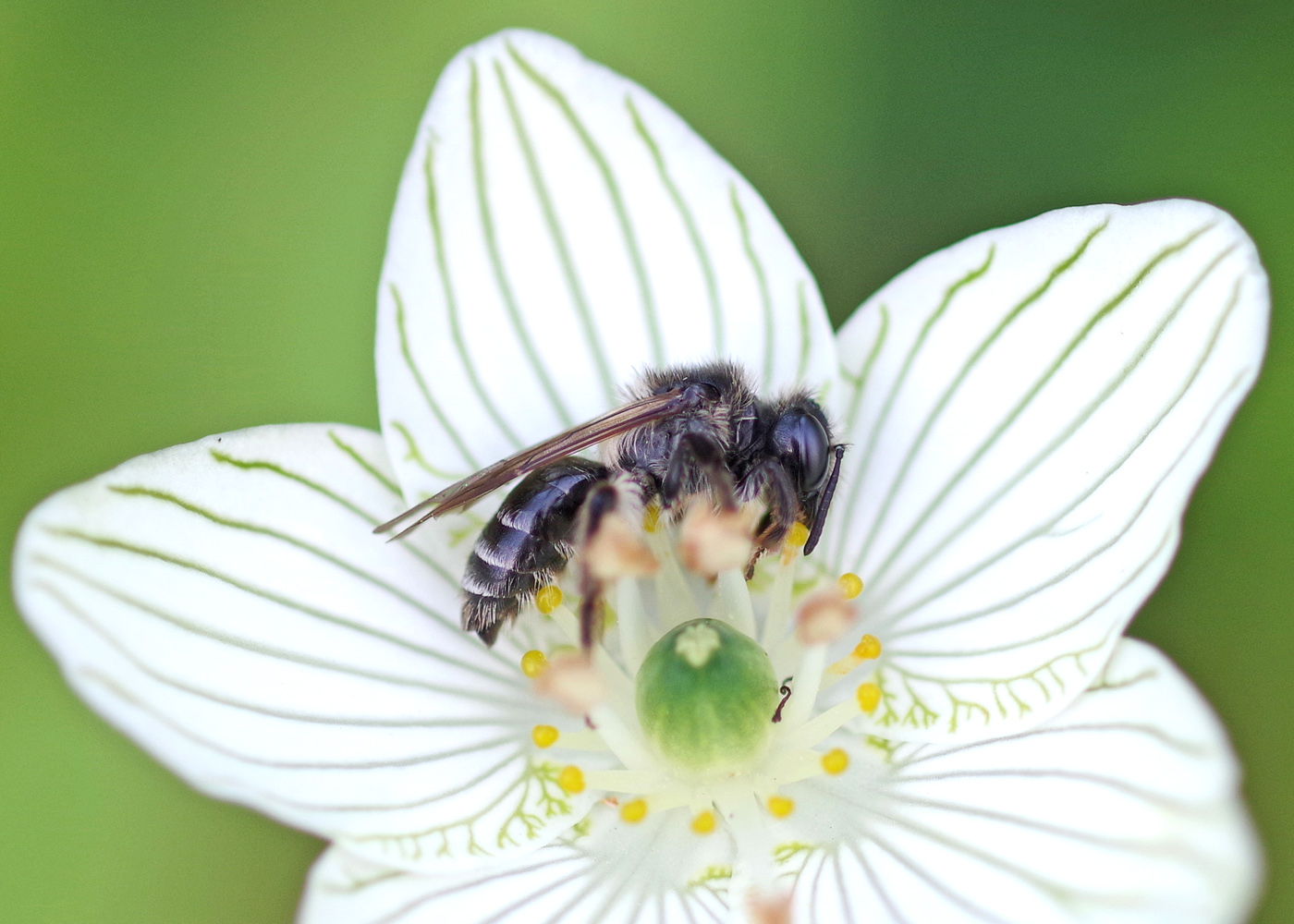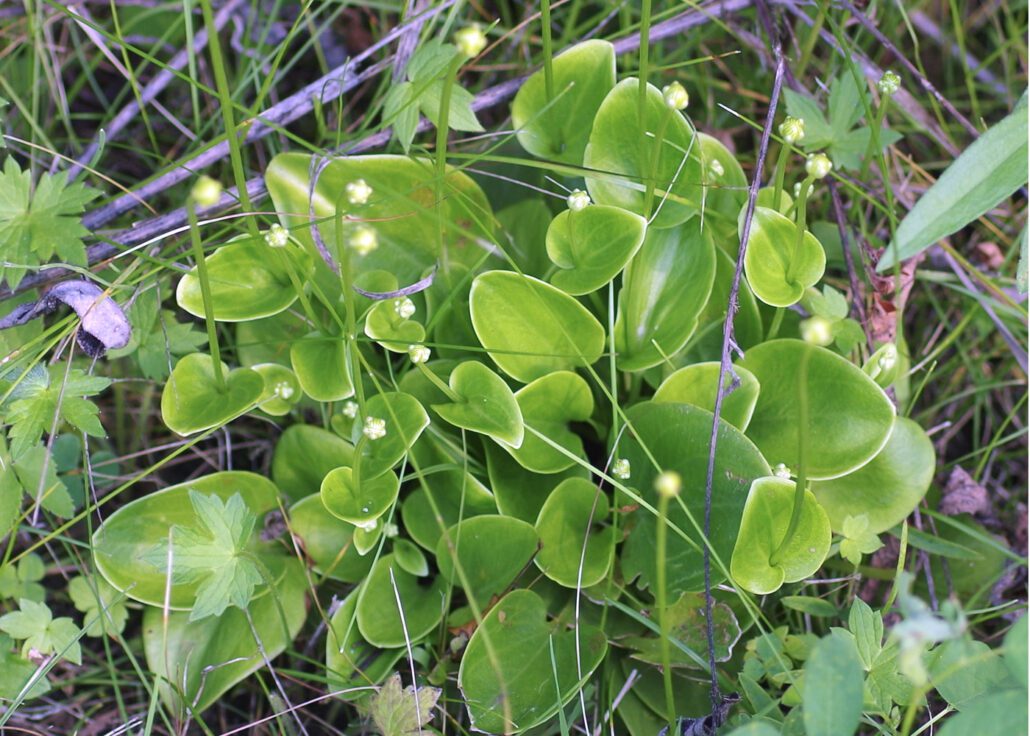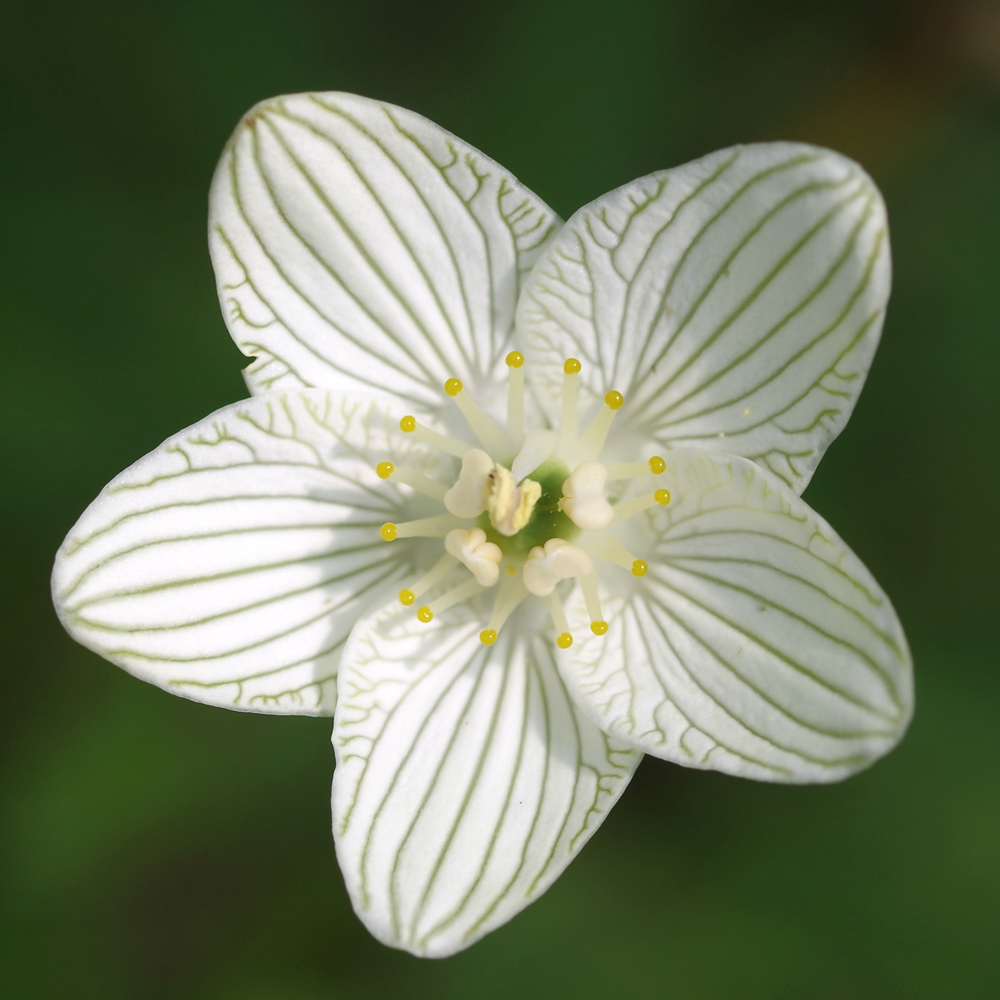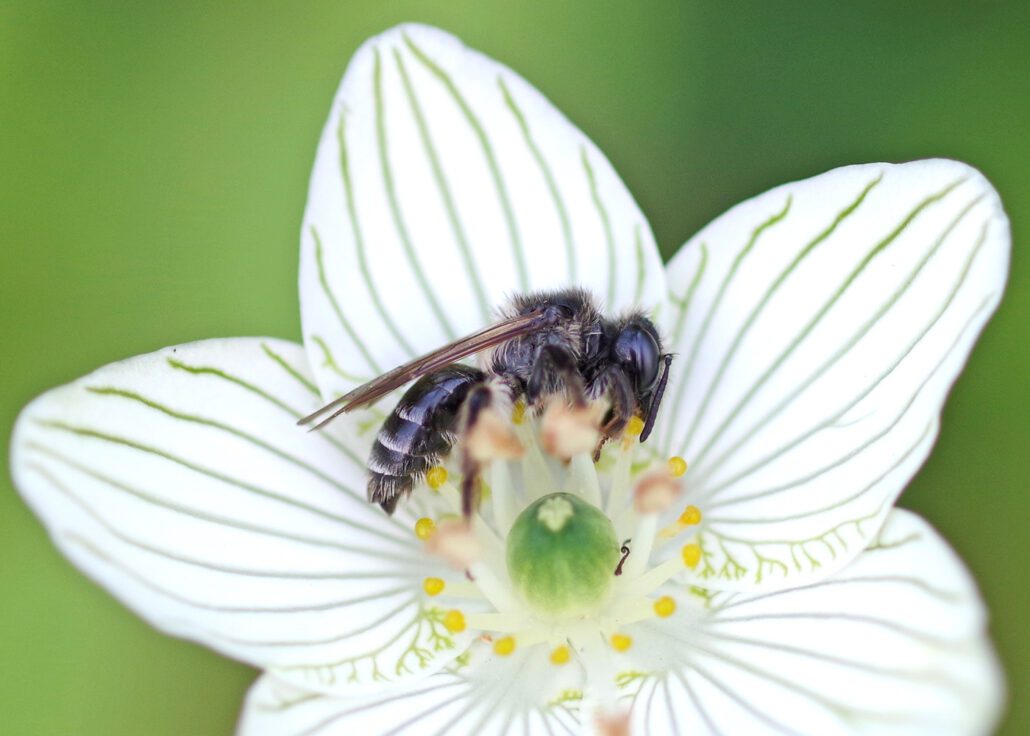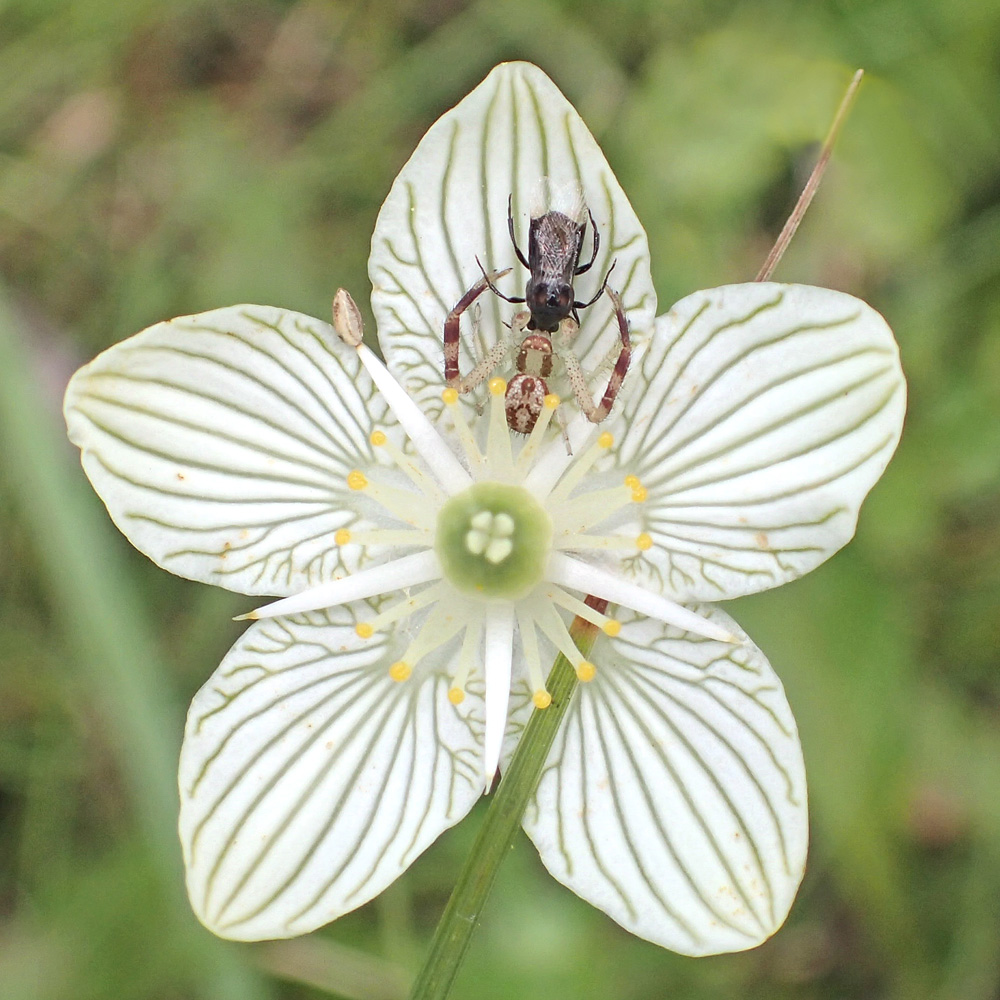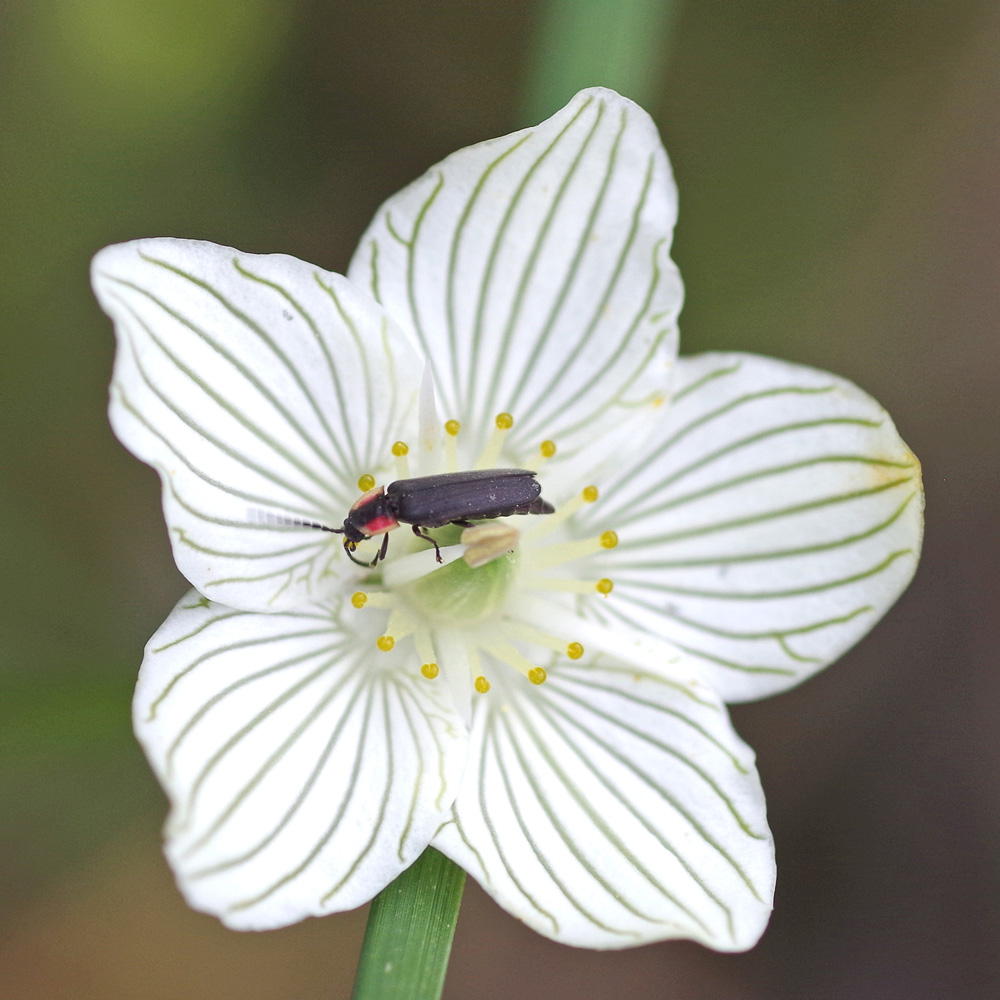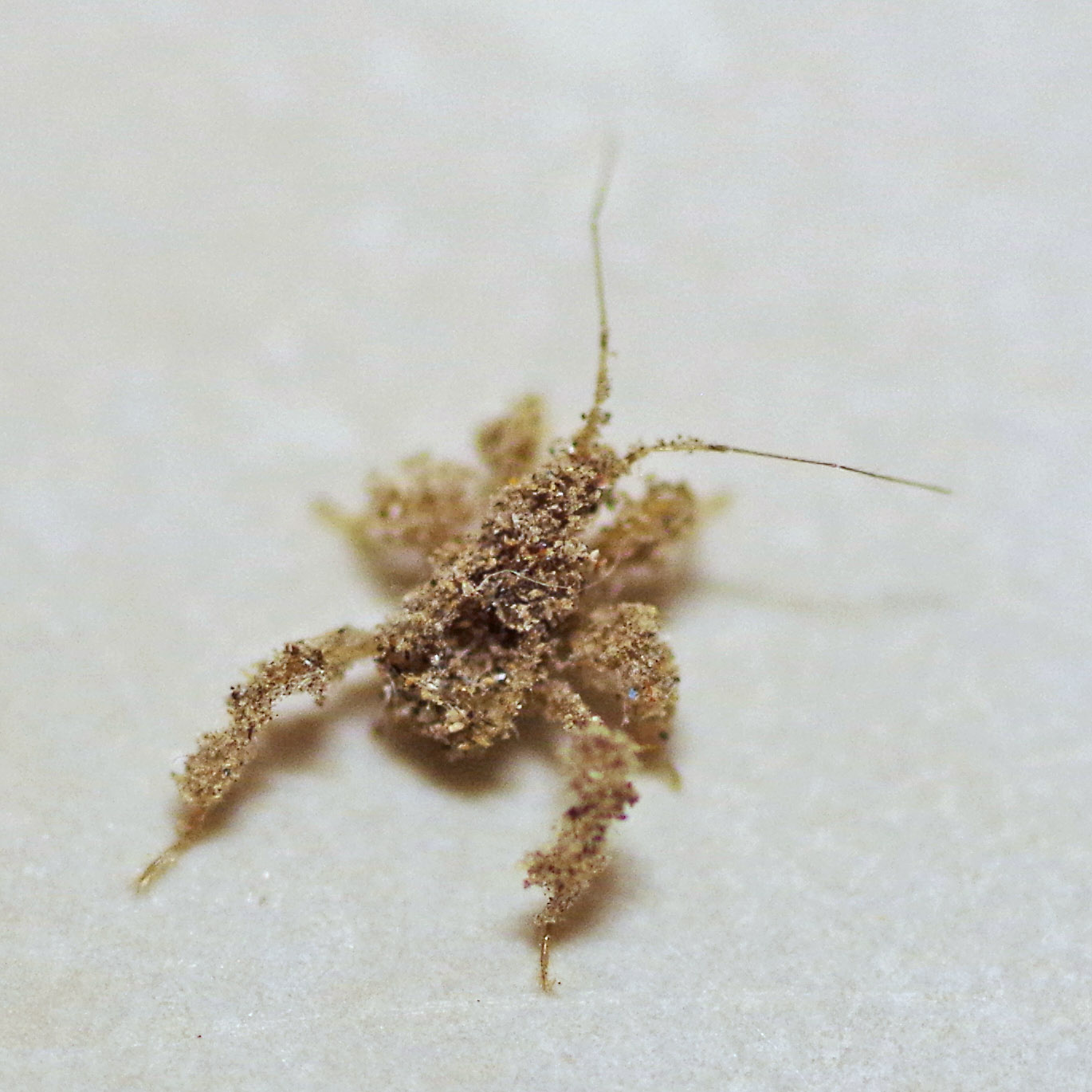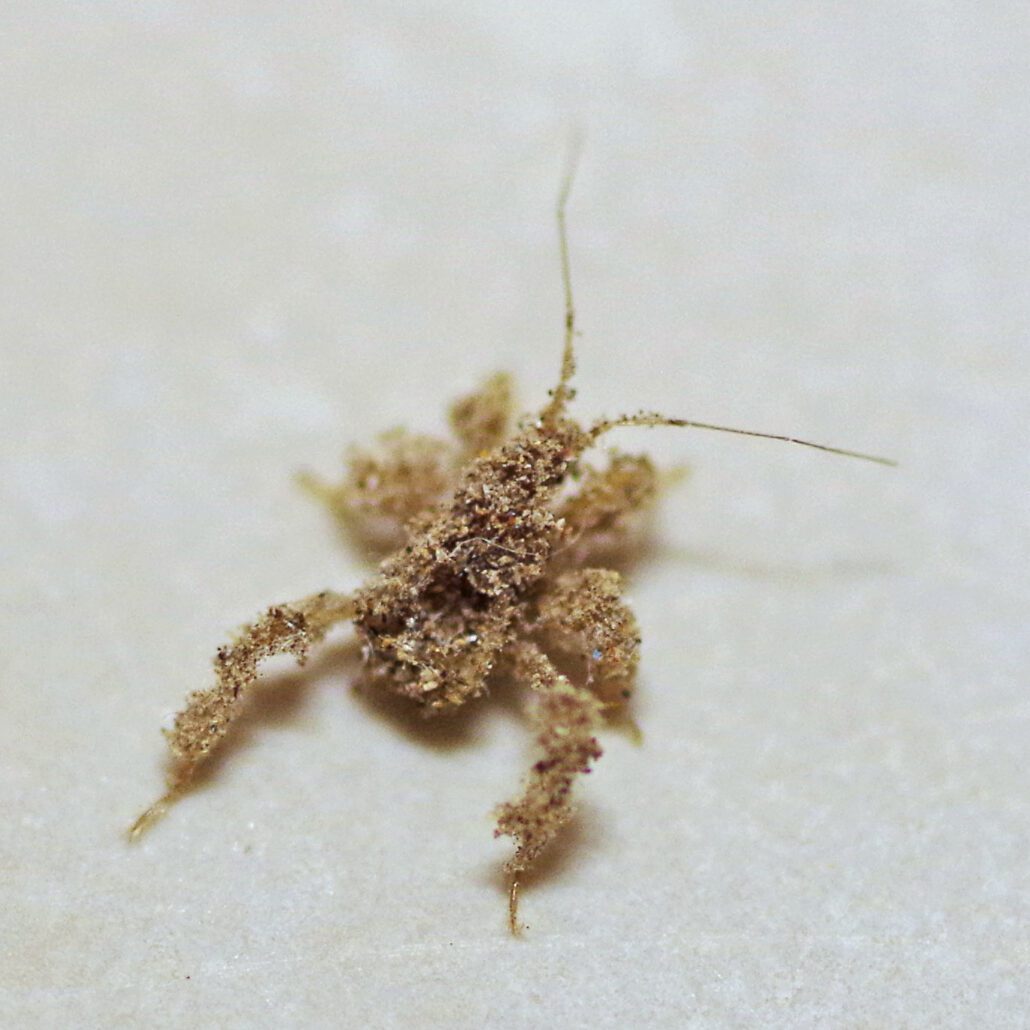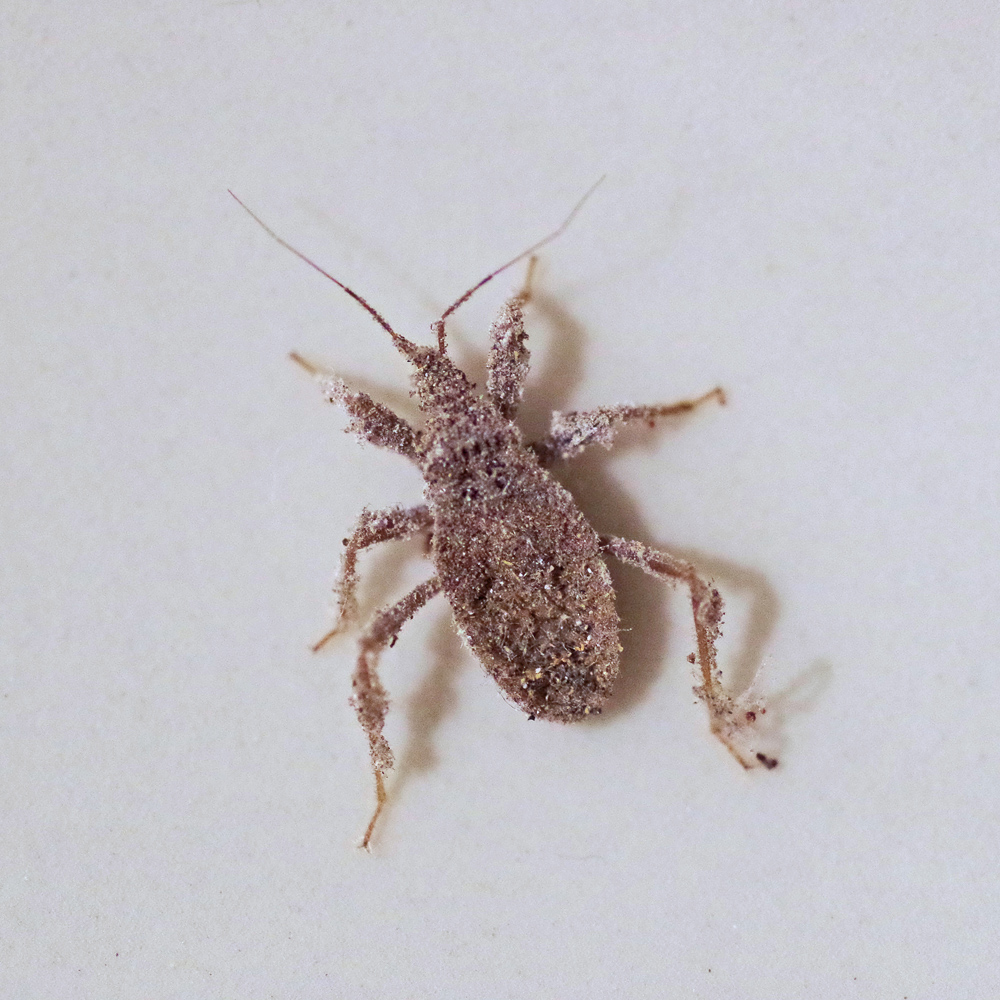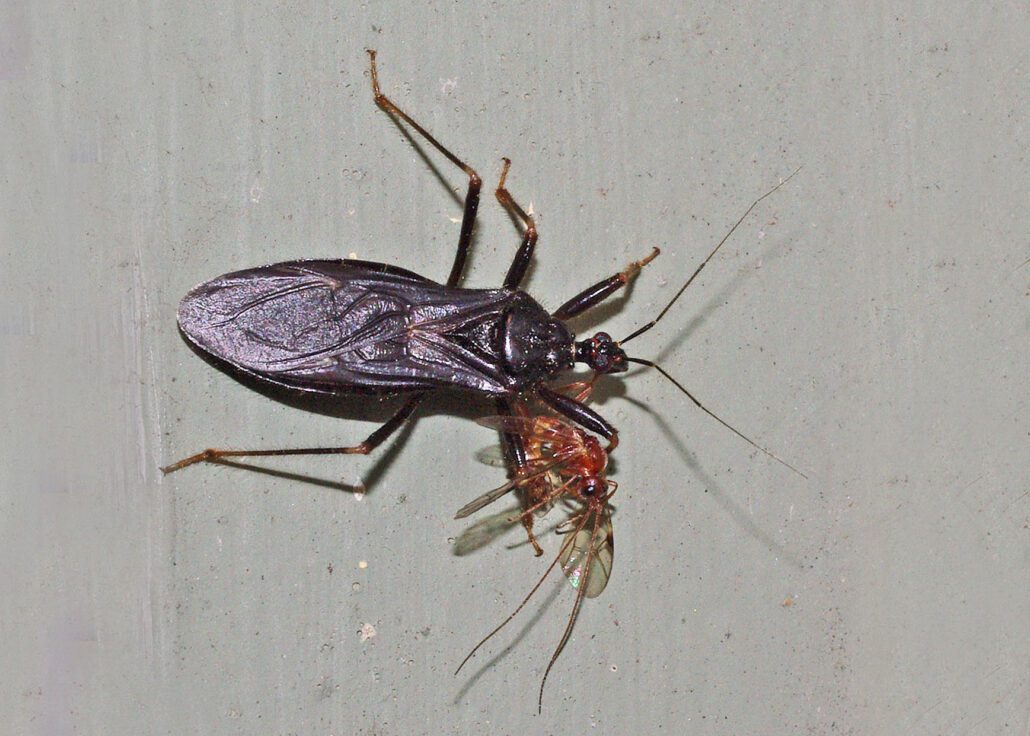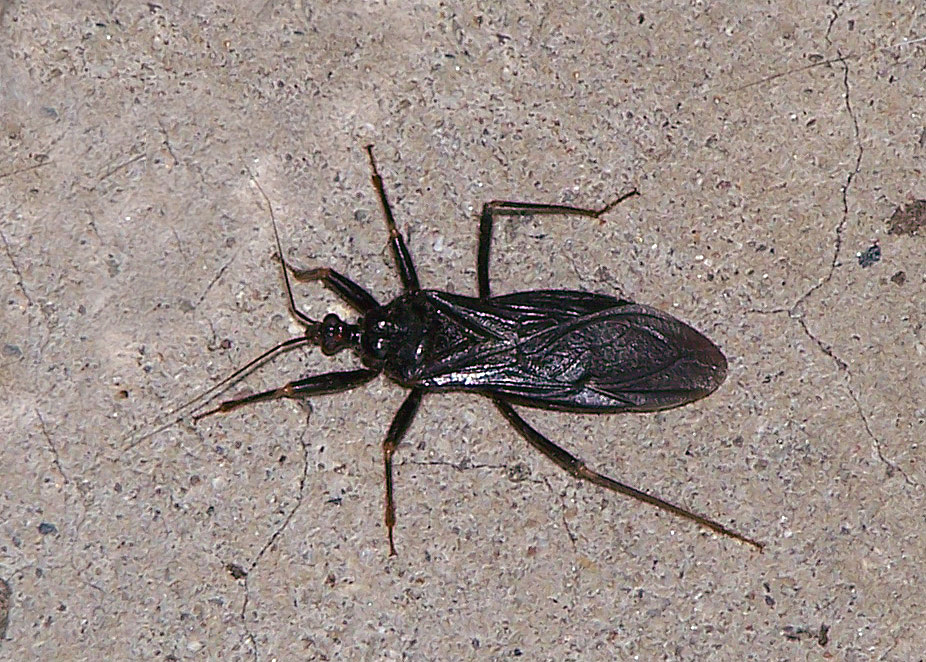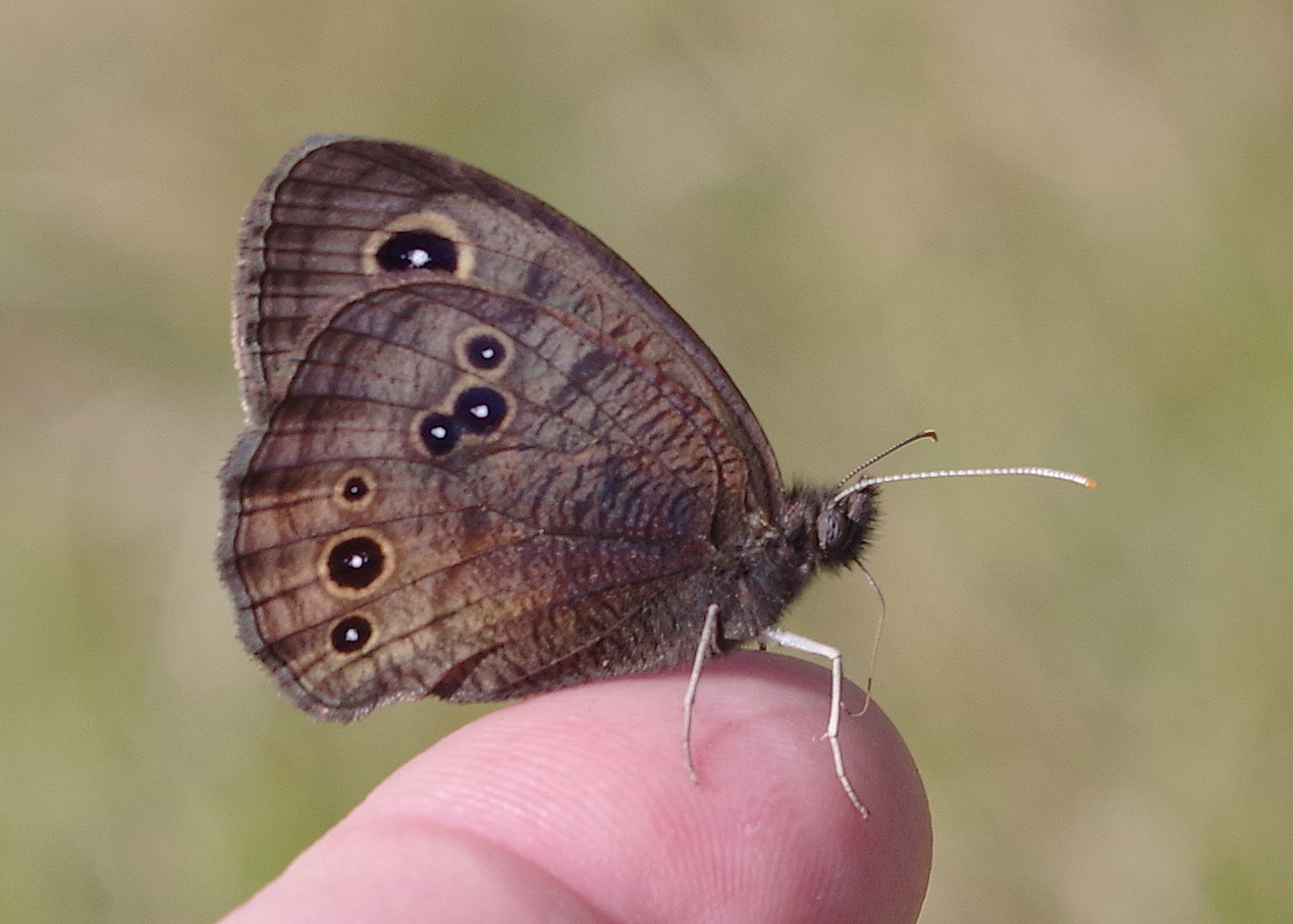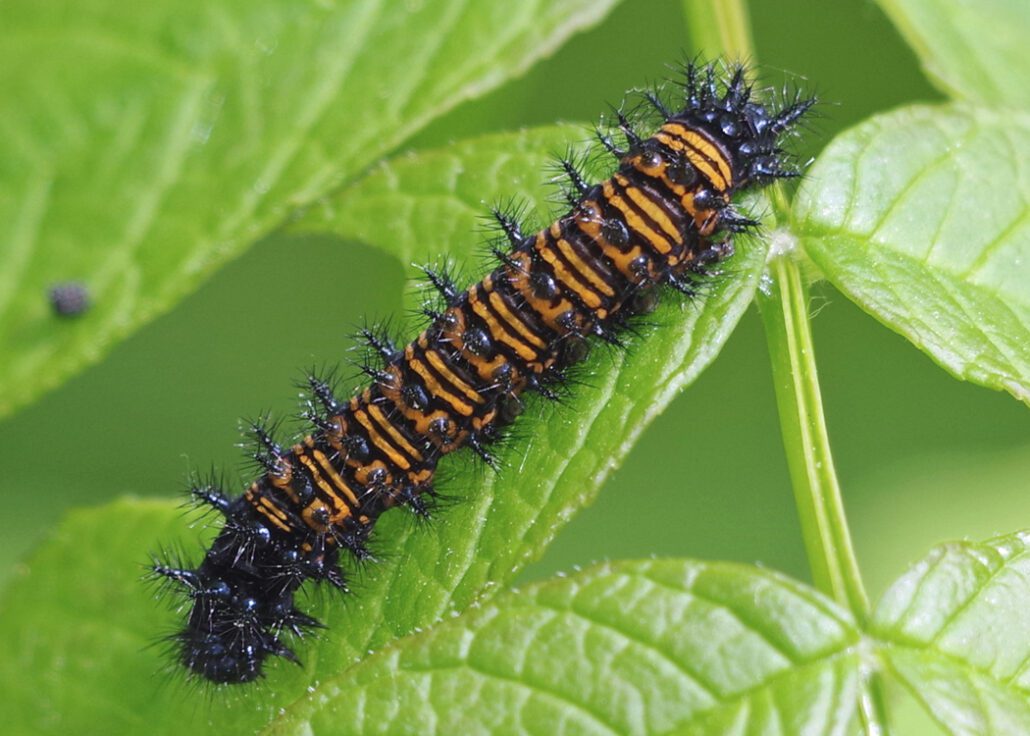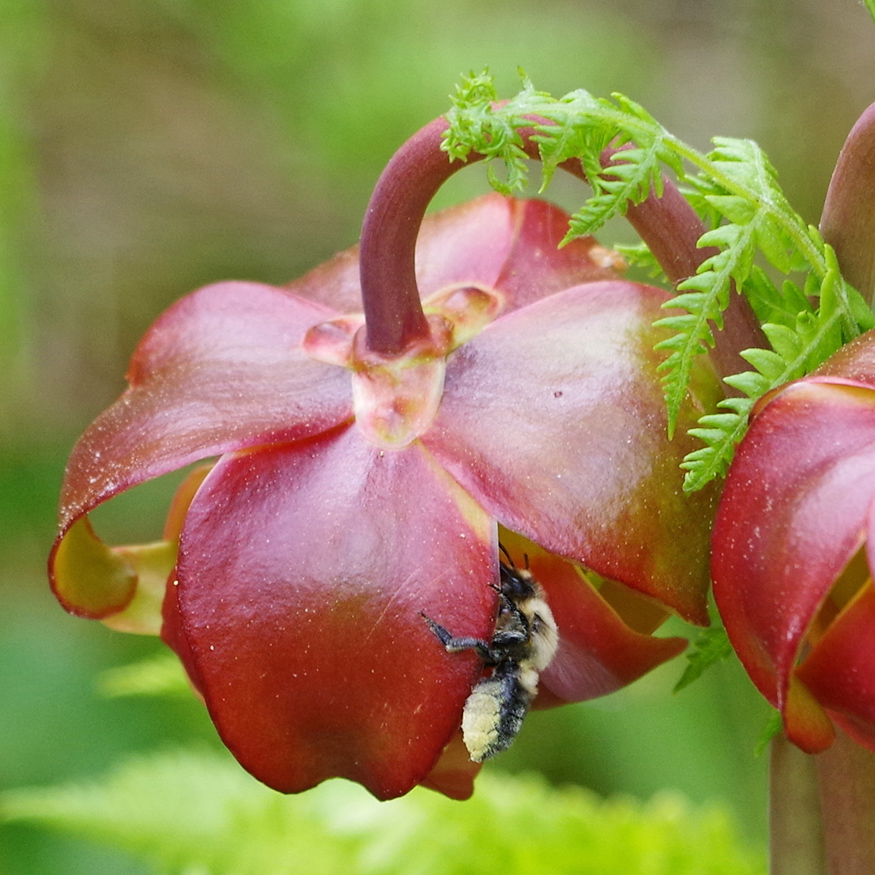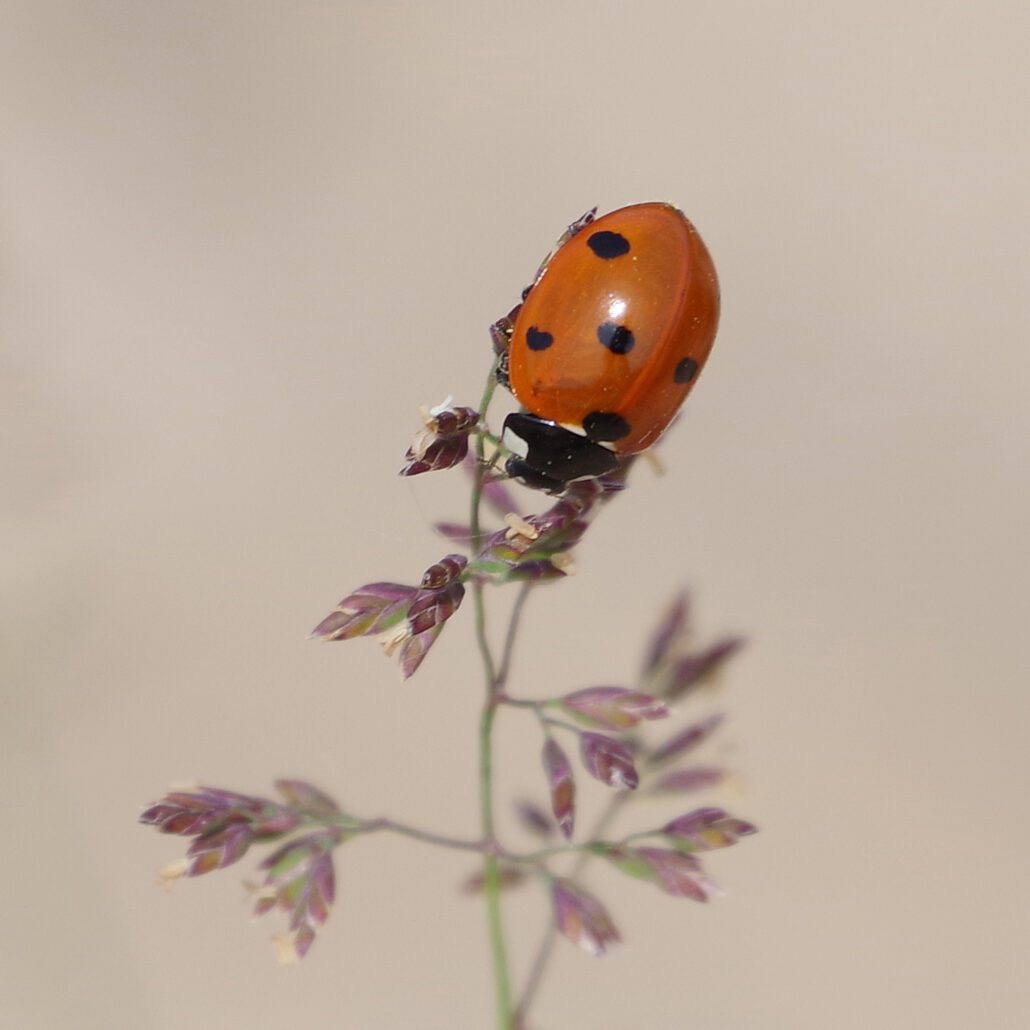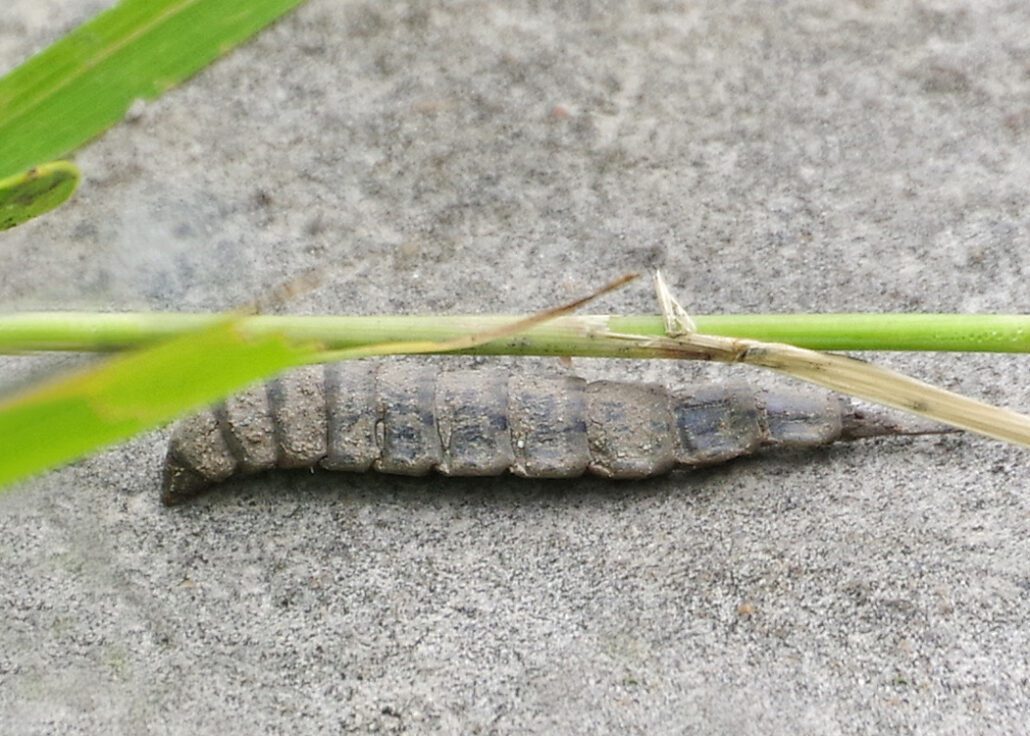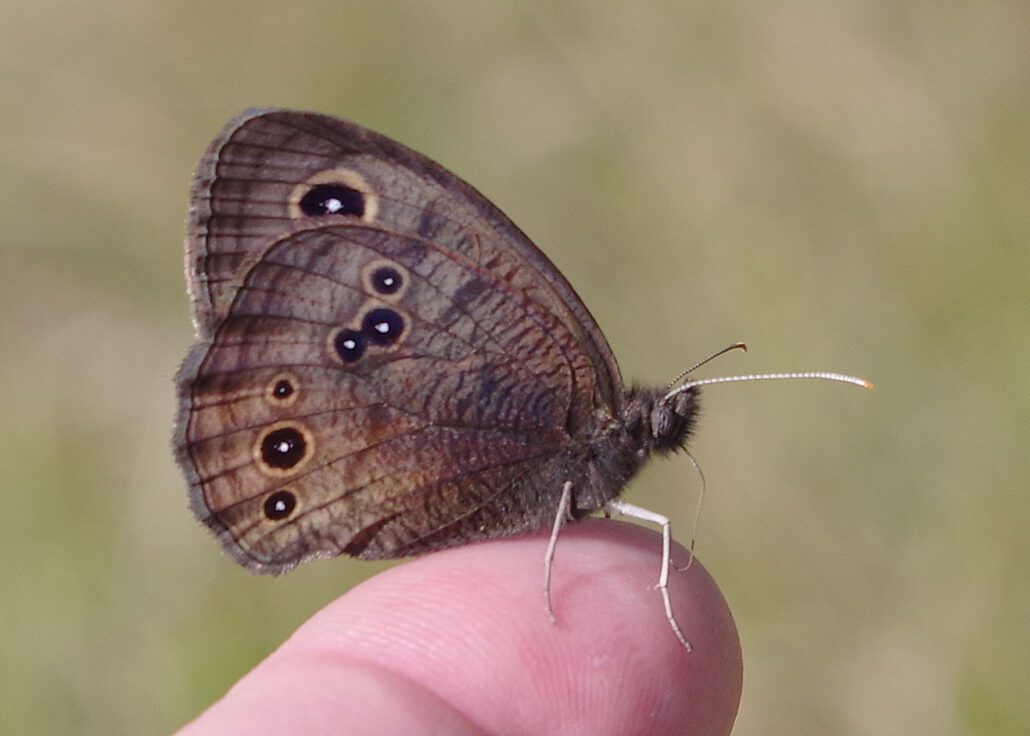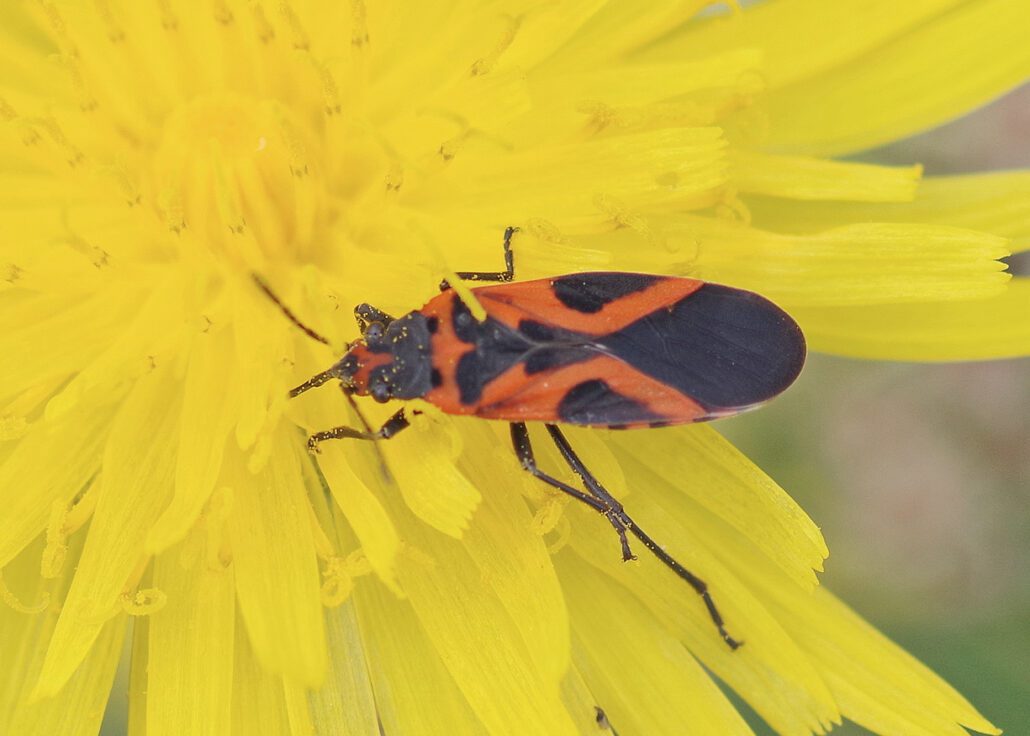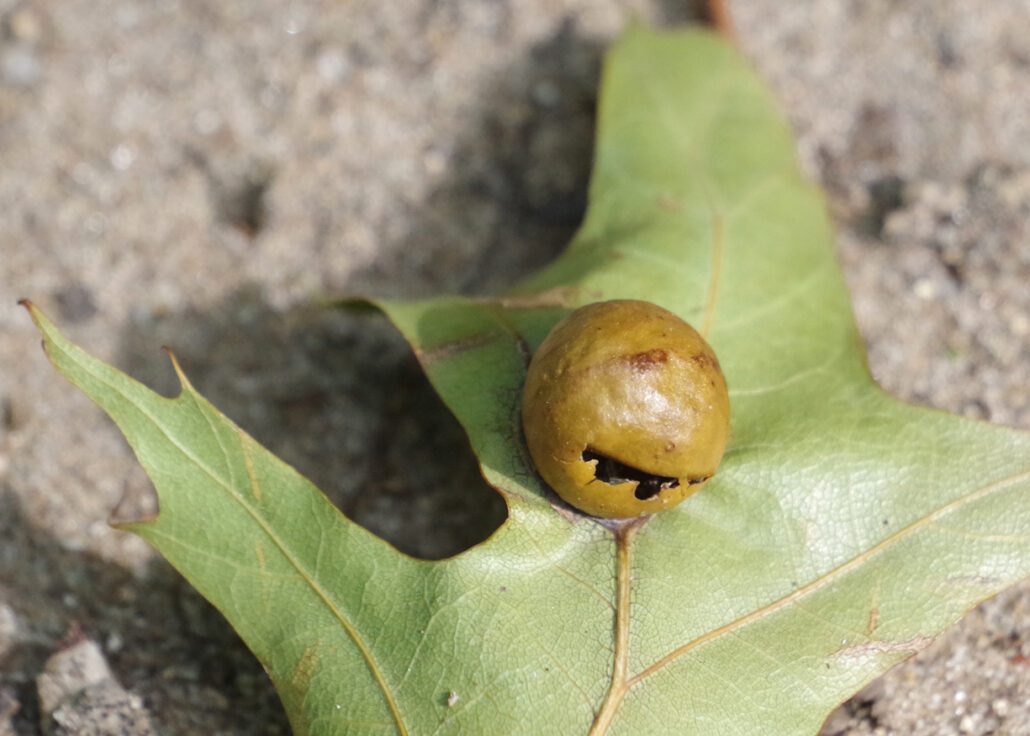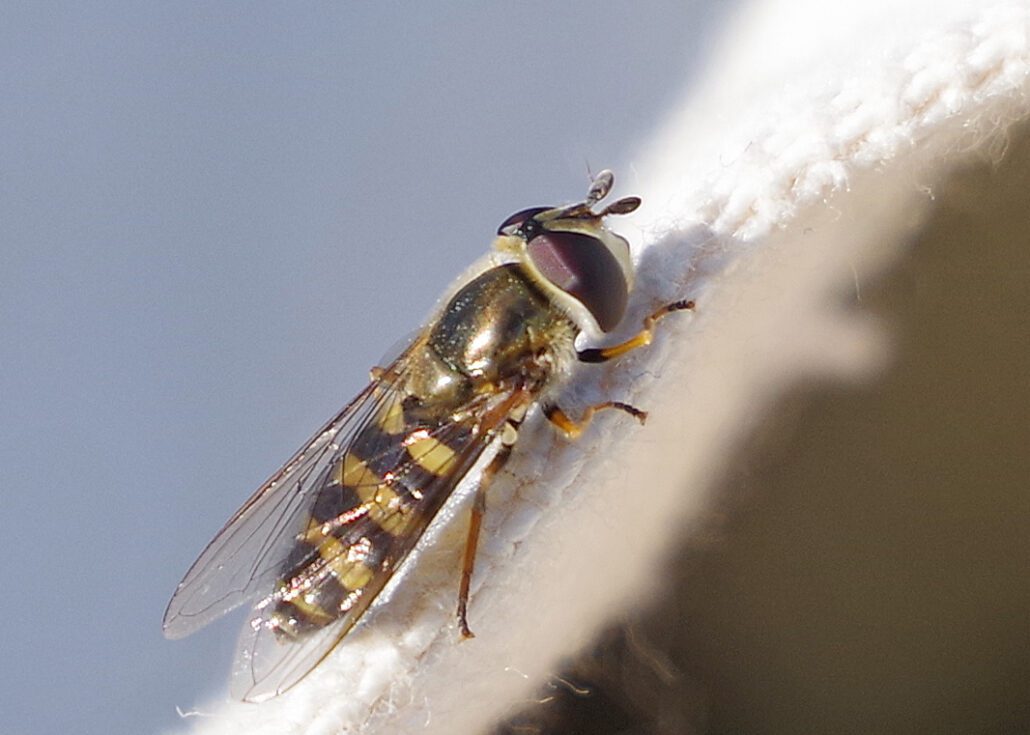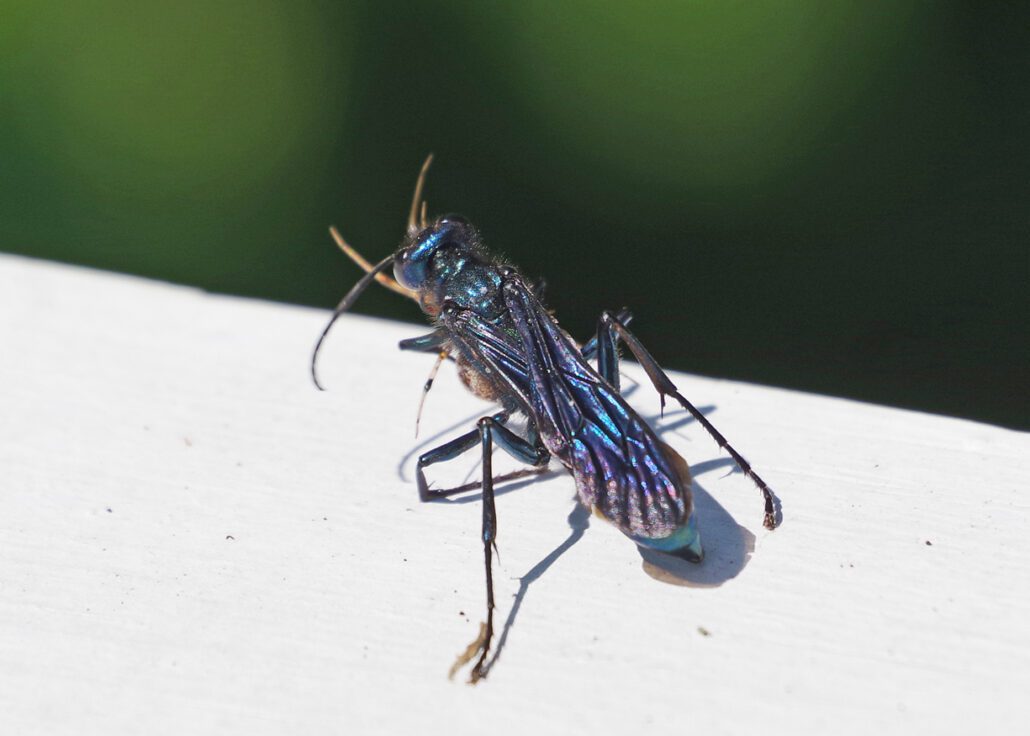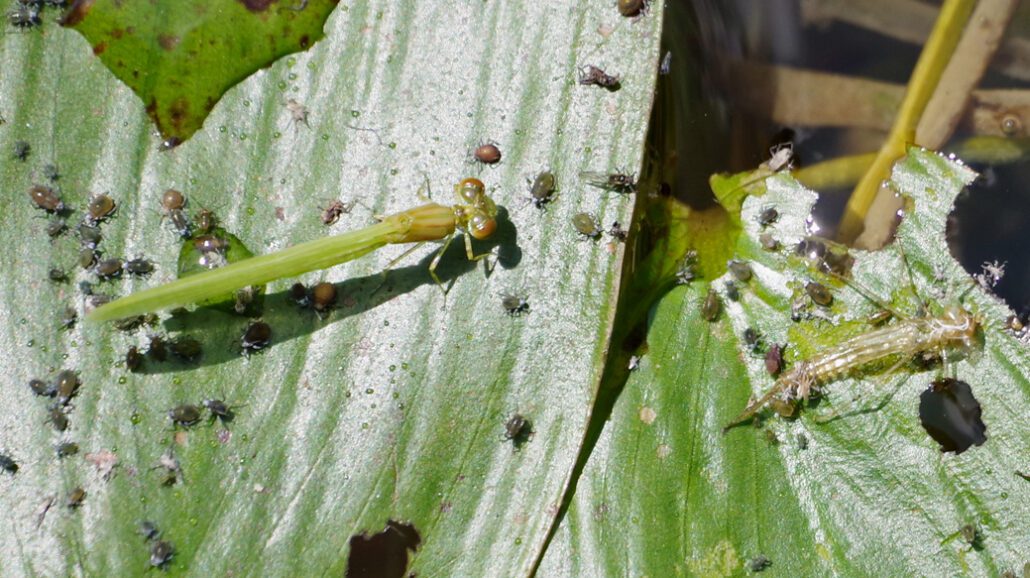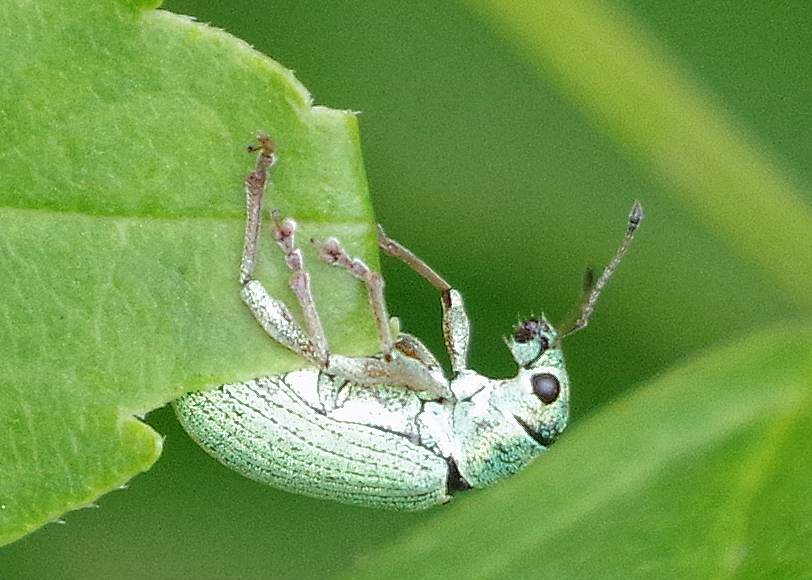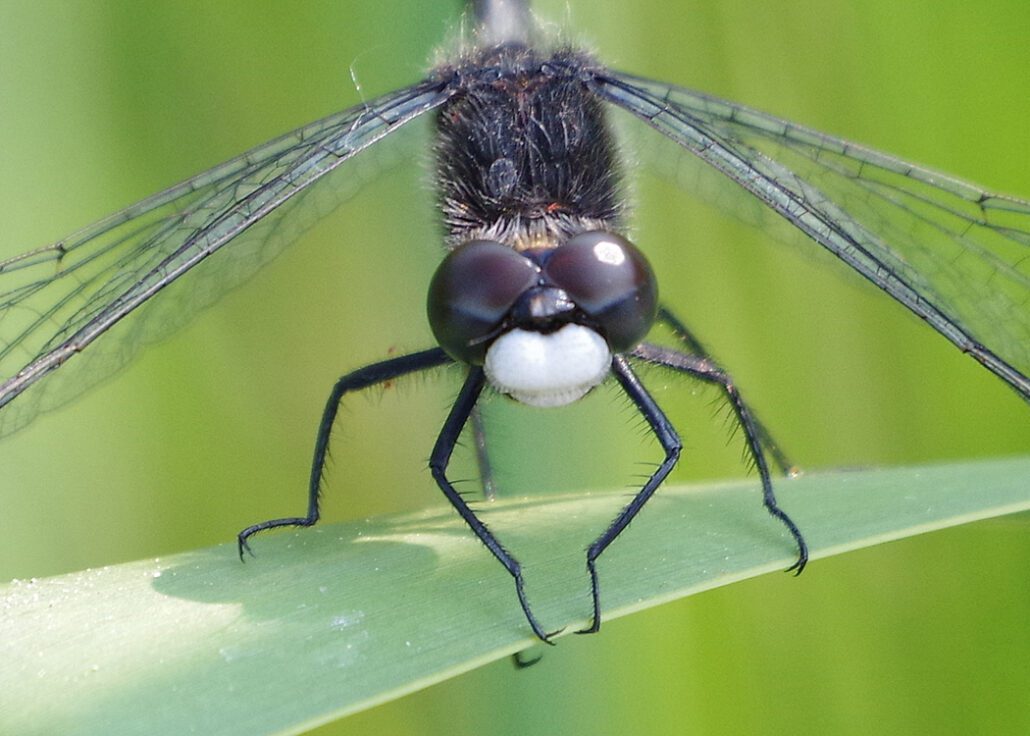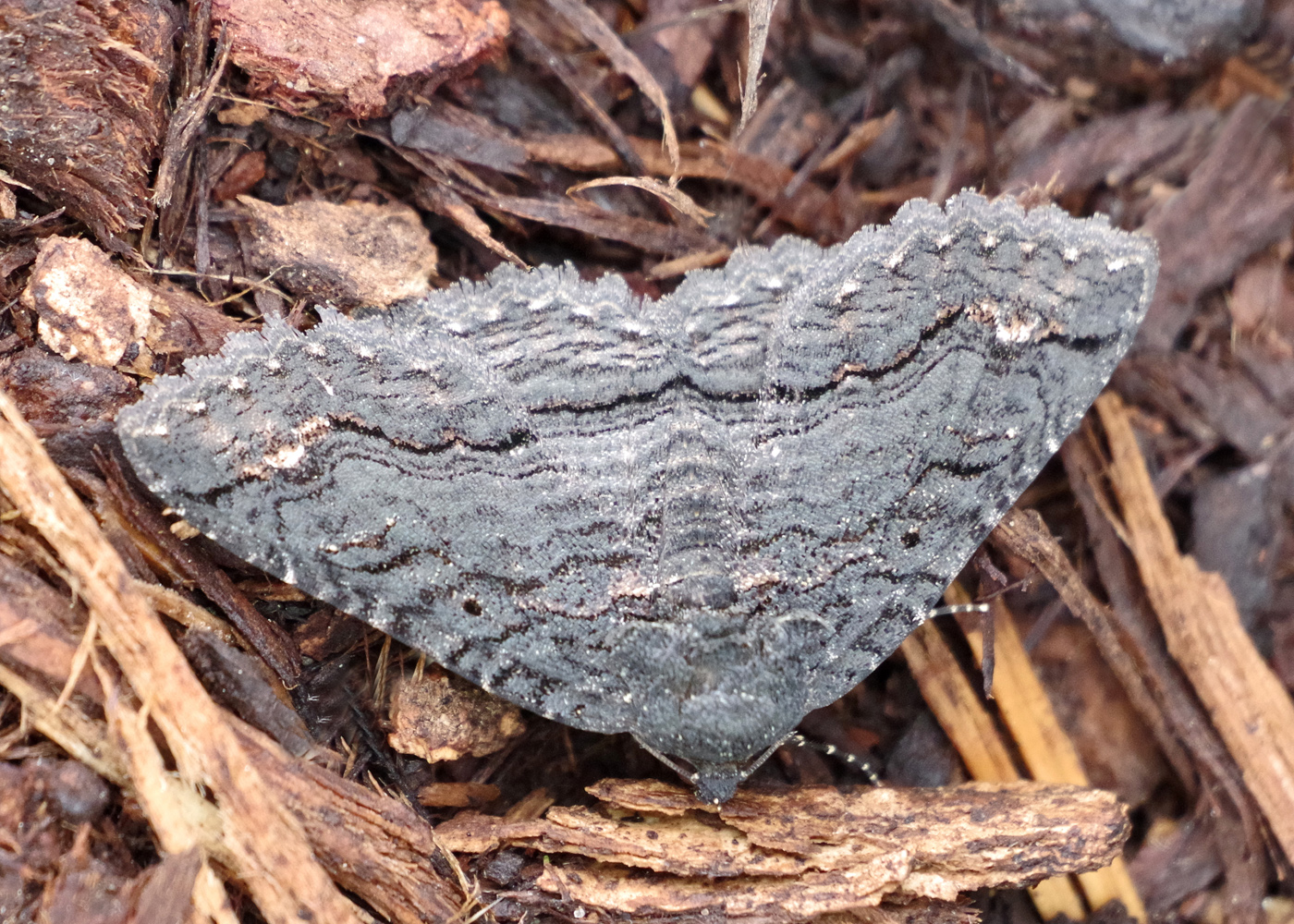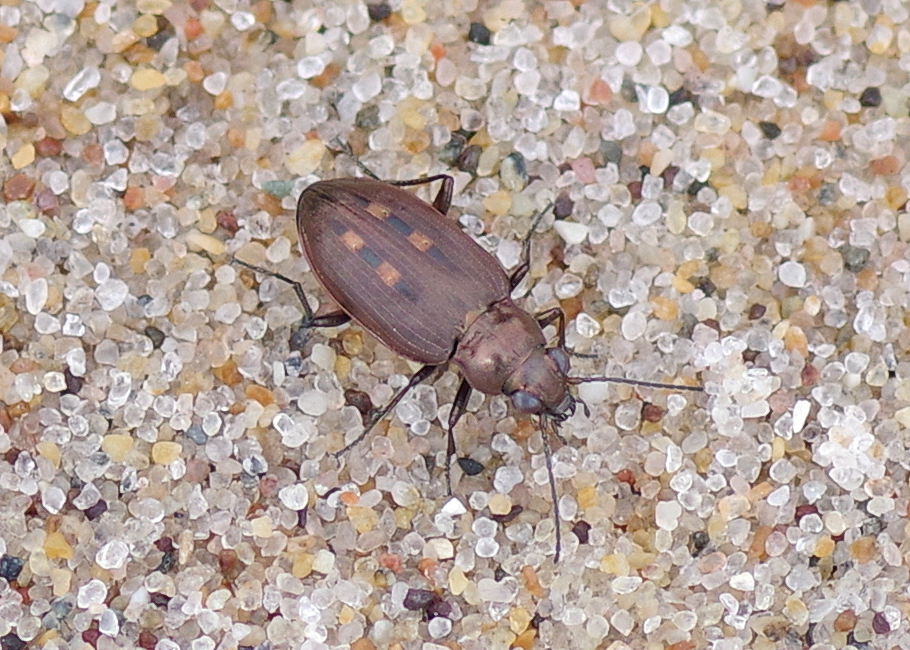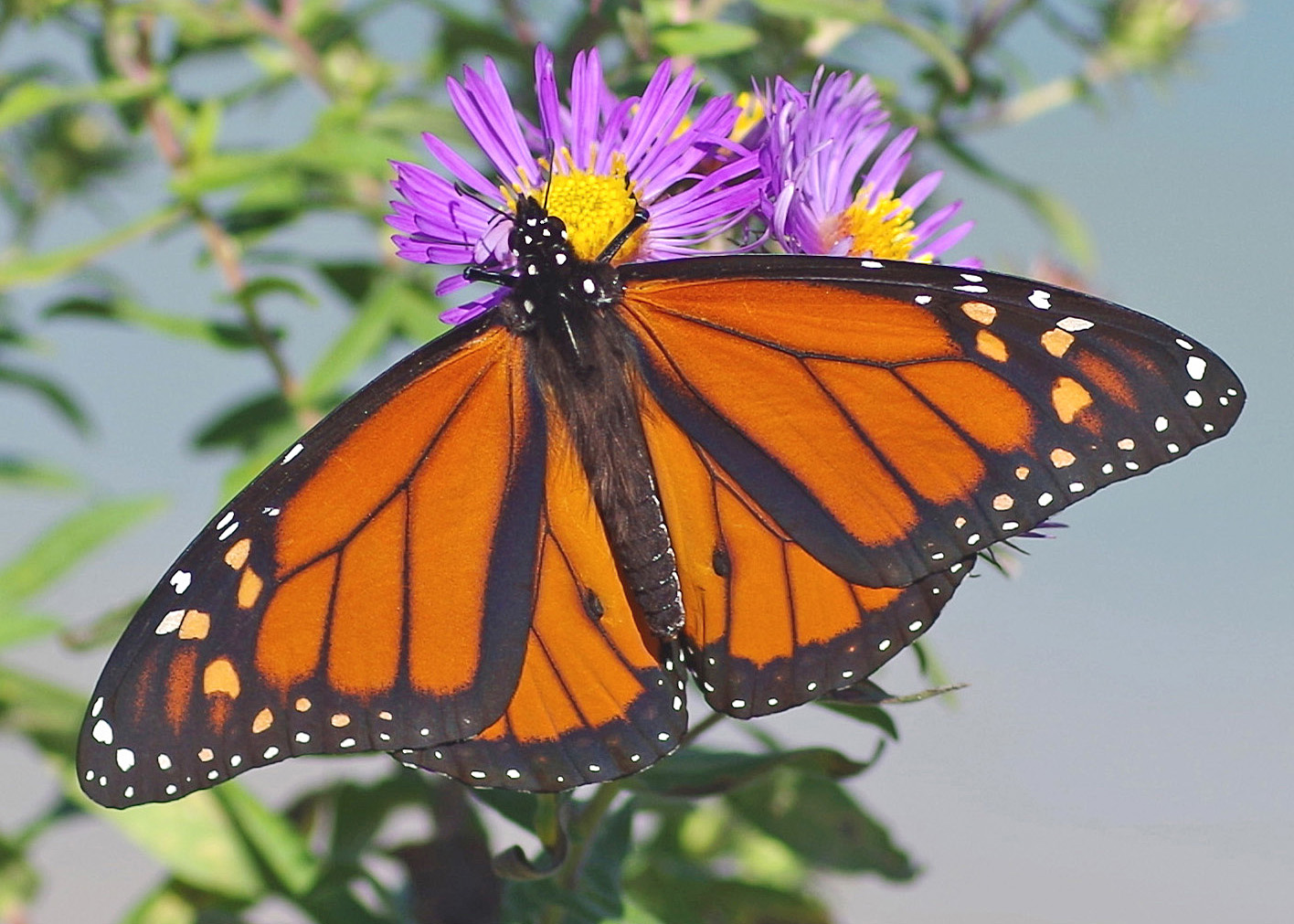
by Kate Redmond
Bugs in the News XIII
Howdy, BugFans,
The BugLady’s “newspaper clippings” file runneth over, so here are a few articles for you to peruse. Please note that most come from the excellent Smithsonian daily e-newsletter, which is not only free (though a donation is always appreciated), but there’s no pay wall. The newsletter includes articles about current discoveries, archaeology, history, insects, birds and mammals, oceans, etc.
THE BUGLADY KNOWS that she’s preaching to the choir, here – not to the folks who say “Fewer bugs? That’s great!” Anyone who likes to eat, who likes birds (and dragonflies!), and who appreciates our natural communities and ecosystems should be a fan of insects and other “bugs” and should be concerned about their diminishing populations https://theconversation.com/climate-change-triggering-global-collapse-in-insect-numbers-stressed-farmland-shows-63-decline-new-research-170738?fbclid=IwAR1etZiZaYH2Athk7nF-jYweC1CCo_C3OJTy2z5x5SH5wmSSIsMMJyvDp7Y
ALGORITHMS ARE EVERYWHERE. Recipes are algorithms (“an algorithm is a finite set of instructions carried out in a specific order to perform a particular task.” Or solve a mathematical computation). Social media relies on algorithms to feed you content. Now it turns out that even bees have algorithms https://www.smithsonianmag.com/smart-news/stingless-bees-build-spiral-honeycombs-grow-crystals-180975405/?utm_source=smithsoniandaily&utm_medium=email&utm_campaign=editorial&spMailingID=48505790&spUserID=ODg4Mzc3MzY0MTUyS0&spJobID=2501713426&spReportId=MjUwMTcxMzQyNgS2.
ONE MEASUREMENT that the BugLady has always used to gauge insect numbers is the flurry of bugs around the porch light at night. Biographies of many insects, especially of moths, note whether they are attracted to light or not. Scientists are figuring out what’s really happening (nice videos, too) https://www.smithsonianmag.com/smart-news/why-are-flying-insects-attracted-to-lights-scientists-may-finally-have-an-answer-180983704/?utm_source=smithsonian-daily&utm_medium=email&utm_campaign=editorial&spMailingID=49392239&spUserID=ODg4Mzc3MzY0MTUyS0&spJobID=2640113033&spReportId=MjY0MDExMzAzMwS2.
WE JUMP IN LAKE MICHIGAN on January 1 (well, some of us do) (but not the BugLady); Cordova, Alaska has an Ice Worm Festival. Whatever gets you through the winter. Supposedly, cold-blooded critters don’t do so well when temperatures get below about 40 degrees (warm-blooded animals use part of their daily energy/food budget to maintain a core heat, but cold-blooded animals are at the mercy of the ambient temperature). Ice worms have a couple of tricks up their sleeves. https://www.smithsonianmag.com/travel/this-eight-day-festival-celebrates-one-of-alaskas-weirdest-worms-180983711/?utm_source=smithsonian-daily&utm_medium=email&utm_campaign=editorial&spMailingID=49392239&spUserID=ODg4Mzc3MzY0MTUyS0&spJobID=2640113033&spReportId=MjY0MDExMzAzMwS2.
Alas – we’ve just missed this year’s festival https://www.icewormfestival.com/, but it’s not too early to start planning for 2025.
MONARCH WINGS – Life is Physics! – https://www.smithsonianmag.com/smart-news/monarch-butterflies-signature-white-spots-may-help-them-fly-180982418/
IN THE “ALWAYS-TASTEFUL” CATEGORY: years ago, a colleague of the BugLady’s husband asked if mice pee. Her husband knew that if he said yes, the man was going to go home and empty the cupboards and sterilize everything. So he said “No, the liquid is included in the mouse poop.” Do insects pee? Many don’t, and “peeing” isn’t exactly the right name for it because they don’t have a separate exit just for liquids. Insects have structures (OK – Malpighian tubules) that collect liquid waste (uric acid and ammonia) and deposit it in the hind gut. Terrestrial insects need to conserve water, so they reabsorb usable liquids from the hind gut and the rest gets mixed with the digestive wastes and excreted (“just like mice….”) (aquatic insects are constantly excreting liquid to keep from getting waterlogged).
But – insects that suck sap have a different challenge. Sap contains sugar in very small concentrations, so plant juice feeders have to take in a lot of liquid (about 300 times their body weight daily) in order to get enough calories, and it comes out under pressure. Excess fluid abounds. How do they handle it? https://www.smithsonianmag.com/smart-news/these-tiny-bugs-urinate-by-flinging-droplets-of-pee-180981720/?utm_source=smithsoniandaily&utm_medium=email&utm_campaign=editorial&spMailingID=48042798&spUserID=ODg4Mzc3MzY0MTUyS0&spJobID=2420130861&spReportId=MjQyMDEzMDg2MQS2.
FINALLY – in the “Better Late than Never” category – the BugLady posted an episode about caddisflies last week, and today BugFan Steve sent this great video of a stream-dwelling caddis fly building a case https://www.youtube.com/watch?v=Z3BHrzDHoYo.
The groundhog did not see its shadow. The way the BugLady learned it, if he sees his shadow, there are six more weeks of winter, and if he doesn’t, there’s a month and a half until spring (and insects).
Kate Redmond, The BugLady
Bug of the Week archives:
http://uwm.edu/field-station/category/bug-of-the-week/

